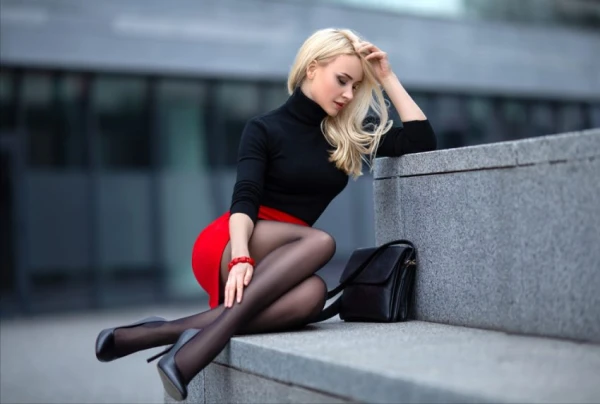
Tights are not a minor detail, but a component that completes a carefully thought-out look and provides comfort throughout the day. A mistake in density or size is immediately noticeable: somewhere cheap shine and creases appear, somewhere 'wrinkles' at the ankles, somewhere a constricted waist. Let’s figure out how to choose density according to the weather and situation, how to avoid size mistakes, and what structural details to look for to ensure tights last longer and fit neatly — advice from stylist Masha Vedernikova.
Density by Season and Purpose
Focus on the den (denier) designation on the packaging: 5–10 den — ultra-thin "almost invisible" for celebrations and heat, 15–20 den — classic "office" sheer, 30 den — semi-sheer, smoothing skin nuances. 40–60 den — basic opacity for transitional seasons, 80–100 den — warm for autumn and mild winter, 150 den and above — insulated, sometimes even with a fleece lining.
"For a business dress code during the day, it’s better to choose matte 15–30 den in skin tone or graphite, in the evening under a mini or cocktail dress — 20 den with a slight satin effect, under wool dresses and boots — 60–100 den with an even matte finish. The higher the density, the lower the risk of runs and the easier the fit," explains the expert.
Size: How to Read Size Charts
Before purchasing, remember two parameters — height and hip circumference at the fullest point. Compare them with the brand's size chart: different manufacturers have different sizing. On the border of two sizes, choose the larger one, especially in densities of 40 den and above, to avoid vertical "shadows" and constriction at the waist. For tall and petite individuals, the rise height is important: for heights above 175 cm, look for the Tall designation, and for heights below 160 cm — Petite models, otherwise the top will gather in folds. If the figure has pronounced hips and buttocks, Plus or Curvy lines are appropriate: they have more width at the hip with an adequate leg length.
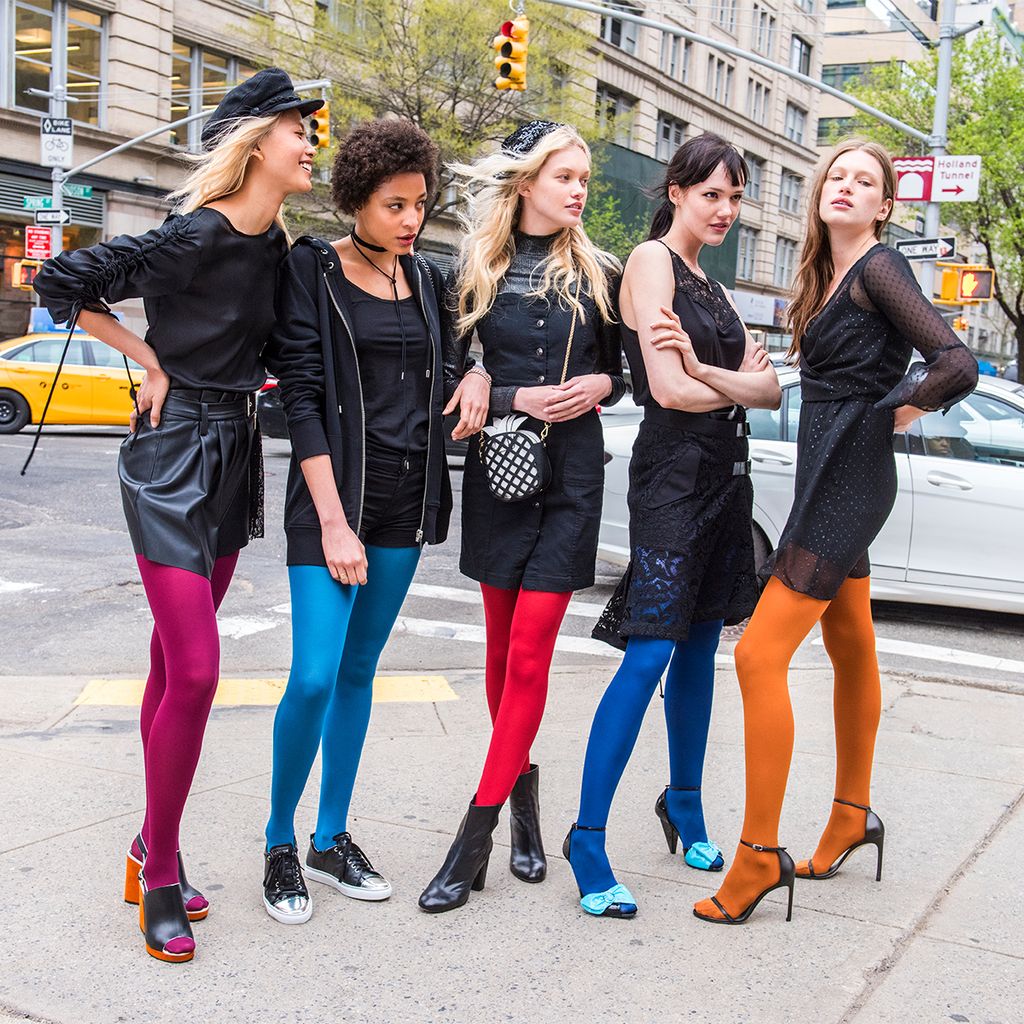
Composition and Construction: What Makes Comfort
Elastane is responsible for elasticity and shape recovery: comfortably 10–15% in thin models and 8–12% in thick ones. Polyamide provides strength and a smooth surface, microfiber — softness and "velvet." "For winter, look for micromodal, wool with nylon, or cotton inside and polyamide outside, to maintain smoothness and abrasion resistance. Structural details are more important than they seem. Flat seams are invisible under a dress and do not chafe.
Cotton gussets ensure hygiene and fit; for larger sizes, a wedge at the back seam is needed. An elastic waistband at least 3 cm wide distributes pressure better, while a reinforced toe prolongs life in the toe area. If you need to keep your belly "under control" — choose models with a slight shaping effect, but avoid rigid corset belts under thin dresses, as they can create an unattractive line.
Color and Surface Effect: How to Avoid Tone Mistakes
"The rule for nude tights is simple: the shade should be as close as possible to your own leg color or half a tone warmer, but not lighter than your face. A light haze of 15–20 den with a matte finish looks visually 'more expensive' than a strong shine. Black 20 den is evening classic with the risk of 'cutting' the length of the leg during the day. For dense 60–100 den, choose according to shoes and outerwear: graphite is softer than solid black, dark blue refreshes gray and beige outfits," advises the stylist. Patterns and nets are appropriate if the shoes and bottom are understated; avoid creating a style mishmash if you love clothes and shoes with prints or rich decor.






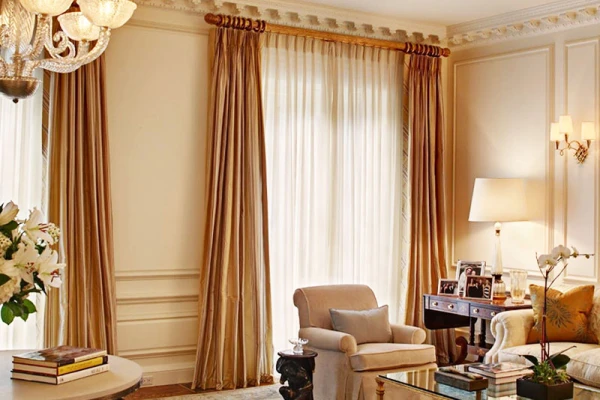
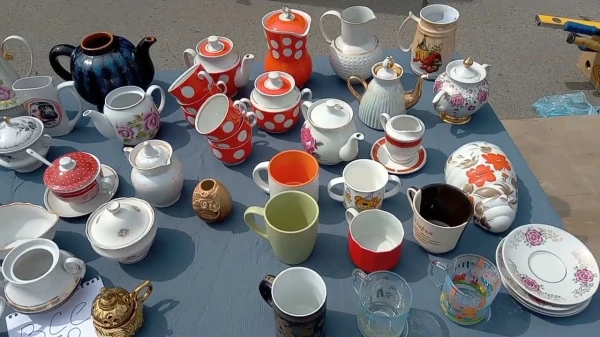





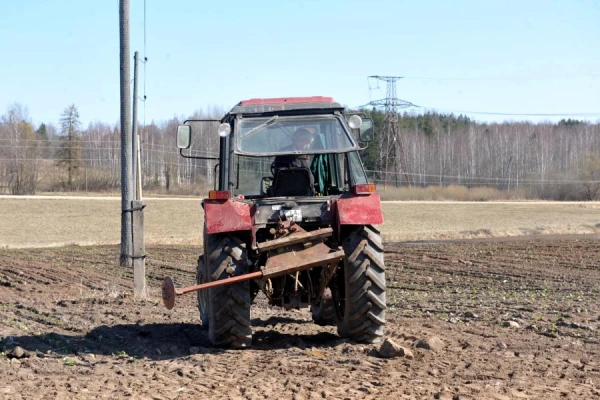

Leave a comment